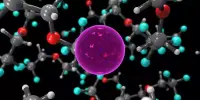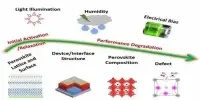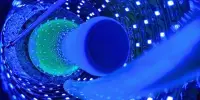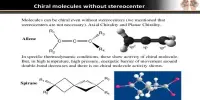Kyoto University’s Institute for Cell-Material Sciences researchers have discovered a novel cluster compound that could be used as a catalyst. Polyoxometalates are compounds with a large metal-oxide cluster that carries a negative charge. They can be found in a variety of products, ranging from anti-viral medications to rechargeable batteries and flash memory devices.
The new cluster compound is a hydroxy-iodide (HSbOI) with large, positively charged clusters, which is unusual. Only a few positively charged cluster compounds have been discovered and studied.
“In science, the discovery of a new material or molecule can create a new science,” says Hiroshi Kageyama, a chemist at Kyoto University. “I think these new positively charged clusters have a lot of potential.”
In 1826, the first metal oxide cluster was discovered. Since then, chemists have created hundreds of compounds with negatively charged clusters that have applications in magnetism, catalysis, ionic conduction, biological applications, and quantum information. Their properties make them useful in a variety of fields, including catalysis, medicine, and chemical synthesis.
In science, the discovery of a new material or molecule can create a new science. I think these new positively charged clusters have a lot of potential. However, a new material that was completely different from what we expected was obtained accidentally. What the scientists expected was a material that contains 22 atoms in the unit cell. What they got instead was a compound that contains 800 atoms in its unit cell.
Hiroshi Kageyama
In recent years, scientists have concentrated their efforts on synthesising and studying compounds with positively charged clusters. By chance, Kageyama and his colleague Ryu Abe stumbled upon their positive cluster. Since 2016, the two scientists, Kageyama, a solid-state chemist, and Abe, a catalytic chemist, have been working to create new compounds that can absorb visible light for photocatalysis. They were working on a chlorine-containing compound (Sb4O5Cl2), attempting to replace the chlorine atom with iodine.
“However, a new material that was completely different from what we expected was obtained accidentally,” says Kageyama. What the scientists expected was a material that contains 22 atoms in the unit cell. What they got instead was a compound that contains 800 atoms in its unit cell.
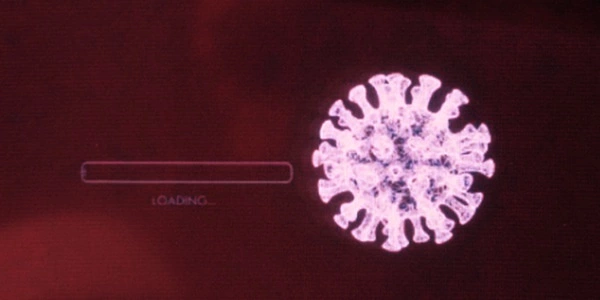
Initially, the scientists were unable to decipher the chemical’s structure. When confronted with the material’s complexity, a traditional technique known as powder X-ray diffraction failed. After a year, Kageyama believed he could use three-dimensional electron tomography, a cutting-edge electron microscopy technique that has recently gained attention as a tool for imaging protein structure. Artem Abakumov and Joke Hadermann at the University of Antwerp in Belgium were approached by the scientists to work on the structure. When their collaborators returned the data, the scientists were ecstatic to see large clusters.
A cluster compound is best defined as a metal atom compound with a triangular or larger closed polyhedron. Compounds with 66 (chain compound), 68, 70, and 72 (cubane-like or cage compound) electrons are thus not considered clusters, but are included in this review due to their intrinsic interest, as previously stated.
Metal cluster compounds add a new dimension to the chemistry of transition metals. This boundary between complexes of single metal atoms and small metal particles offers the possibility of a wide range of new chemistry, the study of which will be greatly aided by transition metal NMR.
Further lab work showed the hydroxyiodide molecule contained acidic protons, which is important in catalysis. “This finding may open up new possibilities in the design of solid-state catalysts,” says Kageyama.

